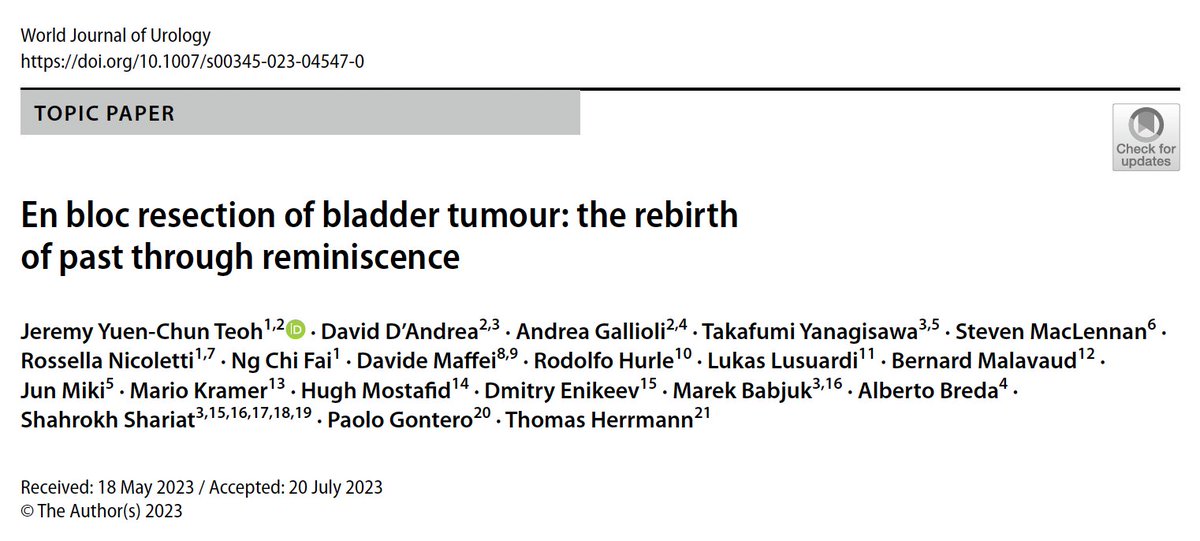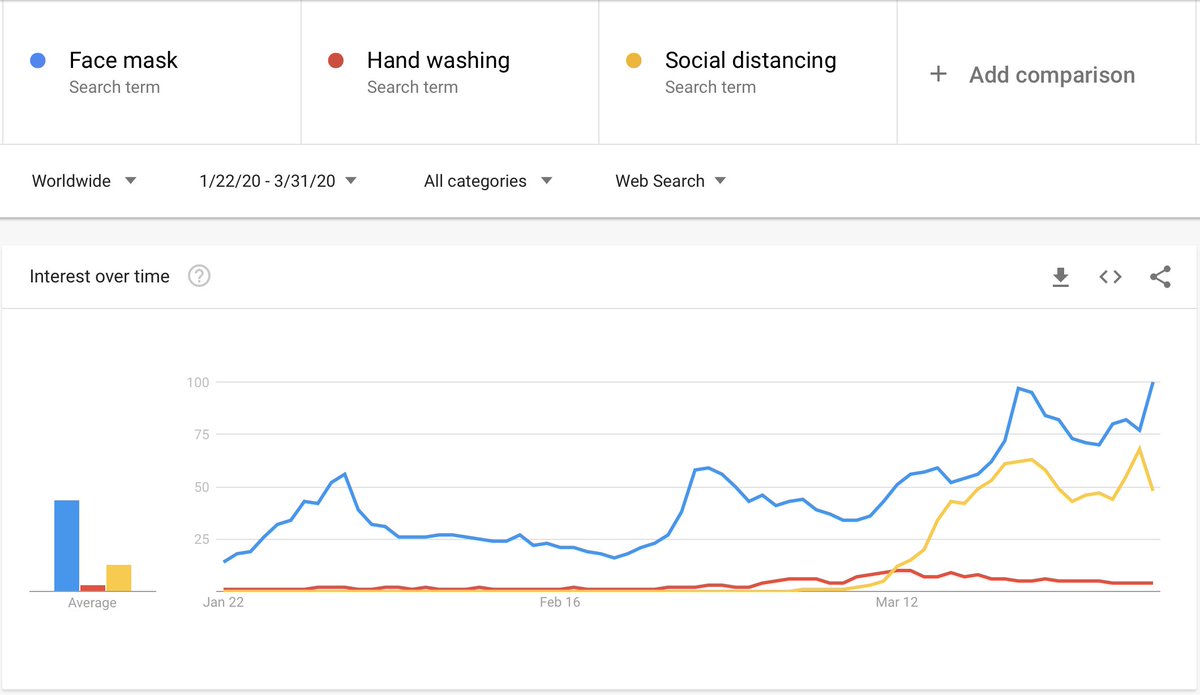Is intravesical instillation for Ca bladder affected at your centre in the pandemic of Covid-19? If so, I’d like to invite you to read this letter published @wjurol! It’s a humble sharing of thoughts/experiences with @MRoupret @DrShariat @trwherrmann (1/n) ncbi.nlm.nih.gov/pmc/articles/P… 

Covid-19 has induced a lot of fear and panic among HCPs and patients. Bladder cancer tends to occur in smokers & older patients - unfortunately they also represent a population who are vulnerable to developing mortality if they get infected with Covid-19… (2/n) 

Intravesical chemotherapy and BCG require repeated hospital visits for instillations. However, hospitals are high-risk areas of Covid-19 infection. We need to consider carefully about the benefits and risks of continuing these treatment during this critical time period... (3/n) 

Intravesical chemotherapy has been shown to reduce recurrence rate in intermediate-risk NMIBC. The regimens can vary a lot across different centres in terms of number of instillations and duration of treatment course. (4/n) 

In a meta-analysis on intravesical chemotherapy, a short intensive schedule vs a longer term but less intensive treatment schedule appears to be equally effective. It may be safe to space out chemo instillations as soon as longer duration of treatment is planned to be given (5/n) 

Intravesical BCG requires 6 weekly instillations, followed by 1-3 years of maintenance course for intermediate- to high-risk NMIBC. At least 1 year of maintenance BCG is required to demonstrate superiority over mitomycin C. (6/n) 

For high-risk NMIBC, we believe the benefit of continuing BCG outweighs the potential risk of Covid-19 infection. But there are situations when we can consider minimizing the number of hospital visits/instillations without significant compromise of oncological control. (7/n) 

‘Adequate BCG’ is defined by having at least 5 out of 6 doses of induction course and 2 out of 3 doses of maintenance course. There is also evidence that maximal peripheral immune response is observed in most patients after 4 weekly instillations (Zlotta et al). (8/n) 

For high-risk NMIBC patients who have on-going intravesical BCG therapy for more than 1 year, we should consider terminating the treatment. 3-year BCG regimen had no additional benefit in terms of progression or survival (Oddens et al). (9/n) 

For intermediate-risk NMIBC, we need to discuss with the patient whether it is still worthwhile to proceed during this critical time period of Covid-19. Postponing BCG therapy is a possibility but we should emphasize the lack of data in this approach. (10/n) 

Patients and HCPs must be reminded to practise stringent hygienic measuers including mask wearing and frequent hand washing! Instillations should be given in single rooms as far as possible. Otherwise, adequate distance between patient beds must be ensured (11/n) 

The management of bladder cancer is indeed very difficult in the pandemic of Covid-19. We hope these suggestions are helpful... Let’s fight and win this battle over Covid-19 and bladder cancer!! (12/12) 

• • •
Missing some Tweet in this thread? You can try to
force a refresh






















